
|
|
Font Size:
|
||||
|
|
|
|
||||
STATISTICAL BRIEF #281:
Health Insurance Status of Low Income, Non-Elderly Persons by Demographic Characteristics, 2007
Highlights
- Among non-elderly persons living in low income families in 2007, children had the highest rate of public insurance coverage (65.7 percent) and the lowest percentage of uninsured (9.8 percent).
- Among young adults (ages 18 to 34), women were more than twice as likely as men to have public only coverage (36.0 versus 16.2 percent) and men were much more likely than women to be uninsured for the entire year (46.4 versus 29.4 percent).
- Non-elderly Hispanics were more likely to be uninsured (35.0 percent) and less likely to have private insurance (20.0 percent) than other racial/ethnic groups.
- Non-elderly black non-Hispanics were less likely than other non-elderly racial/ethnic groups to be uninsured (19.2 percent) and were the most likely to have public insurance coverage (52.4 percent).
- Non-elderly married adults were more likely than non-elderly not married adults to have private health insurance (43.9 versus 33.0 percent) and less likely to have public only coverage (19.8 versus 32.3 percent).
- In the Northeast, more than half (51.6 percent) of non-elderly low income persons had public only coverage. The percentage with public only coverage ranged from about 38 to 43 percent in the other Census regions.
Introduction
In 2007, there were 77.8 million persons under age 65 living in families with incomes below 200 percent of the federal poverty threshold. More than one-quarter (25.9 percent) of persons living in these non-elderly low income families were uninsured for the entire year, less than one-third (32.5 percent) had any private insurance coverage during the year, and 41.6 percent had public only coverage. Rates of uninsurance for non-elderly persons in middle income (15.8 percent) and high income (6.6 percent) families were substantially lower and the predominant source of coverage for these higher income groups was private, rather than public, insurance.
The higher rate of uninsurance and the greater reliance on public only coverage among persons in non-elderly low income families, relative to higher non-elderly income groups, highlights the importance of examining the health insurance status for this vulnerable population. In addition to national estimates of health insurance status, it is important to examine the substantial variation in non-elderly low income individuals' insurance status by demographic characteristics including age, sex, race/ethnicity, marital status, perceived health status, and region of the country.
This Statistical Brief presents data from the Household Component of the Medical Expenditure Panel Survey (MEPS-HC) for 2007 on the percentage of low income, non-elderly (i.e., under age 65) individuals in the U.S. civilian noninstitutionalized population who had any private insurance during the year, who had public insurance only, or who were uninsured for the entire year. Estimates are presented by subgroups defined by demographic and health characteristics. All differences between estimates discussed in the text are statistically significant at the p < 0.05 level, or better.
Findings
About two-thirds (65.7 percent) of children in non-elderly low income families had public only coverage and about one-quarter (24.5 percent) had any private insurance in 2007 (figure 1). Among non-elderly low income adults, the proportion with public only coverage was less than half the rate for children, ranging from 26 to 30 percent across the three adult age groups, and the proportion with private insurance was higher, ranging from 36 to 41 percent. The proportion of low income children who were uninsured for the entire year (9.8 percent) was about one-third to one-quarter the rate for adults for whom the proportion of uninsured ranged from 29 to 38 percent. In addition to differences between children and adults, there were also some differences in insurance status among adults. The proportion of older adults (those aged 50 to 64) with private insurance (41.1 percent) was higher than for adults ages 18 to 34 (35.9 percent) or adults ages 35 to 49 (36.4 percent) and the proportion of older adults who were uninsured (29.0 percent) was lower than for younger adults (37 to 38 percent).
Figure 1 also presents information on health insurance status by sex. In 2007, low income, non-elderly women were more likely than men to have public only coverage (43.7 versus 39.2 percent) and less likely to be uninsured (23.5 versus 28.6 percent) than their male counterparts. About one-third of each group (32.8 percent for women, 32.3 percent for men) had any private coverage during the year.
Figure 2 shows that differences between men and women in health insurance status are not the same across the four age categories. In particular, for the two groups of younger adults, there were marked differences between the sexes in the rates of uninsurance and public insurance coverage. Among adults ages 35 to 49, men were less likely than women to have public only coverage (21.3 versus 29.8 percent) and more likely to be uninsured (42.3 versus 33.9 percent). Differences were even more pronounced among the youngest adult group. Among adults ages 18 to 34, women were more than twice as likely as men to have public only coverage (36.0 versus 16.2 percent) and men were much more likely than women to be uninsured for the entire year (46.4 versus 29.4 percent). In contrast, there were no statistically significant differences in health insurance status between boys and girls under age 18 or between men and women ages 50 to 64.
More than one-third (35.0 percent) of low income non-elderly Hispanics were uninsured for the entire year in 2007 which was the highest rate for any of the three racial/ethnic groups shown (figure 3). White/other non-Hispanics had a somewhat lower uninsurance rate (23.6 percent) and black non-Hispanics were the least likely to be uninsured (19.2 percent). Black non-Hispanics were the most likely to have public only coverage (52.4 percent), followed by Hispanics (45.0 percent) while white/other non-Hispanics were the least likely to have public only coverage (35.5 percent). Finally, white/other non-Hispanics were the most likely to have private insurance (40.9 percent), followed by black non-Hispanics (28.4 percent), and Hispanics were the least likely to have private coverage (20.0 percent).
Figure 4 presents information on health insurance status by marital status among non-elderly adults (persons 18 to 64 years old) in low income families. There was not a statistically significant difference in the percentage uninsured for married and not married adults with about 35 to 36 percent of both groups uninsured for the entire year. The sources of health insurance coverage, however, did vary across these groups. Married adults were more likely than those who were not married to have private health insurance (43.9 versus 33.0 percent). By contrast, not married adults were more likely than married adults to have public insurance coverage (32.3 versus 19.8 percent).
As noted in figure 5, there were differences by perceived health status in the sources of health insurance coverage, but no statistically significant difference in the percentage uninsured. Persons in excellent, very good, or good health were more likely than persons in fair or poor health to have private health insurance (34.1 percent versus 27.2 percent), but persons in fair or poor health were more likely than those in better health to have public insurance coverage (45.1 percent versus 40.5 percent).
Finally, there was some variation in the health insurance status of non-elderly low income persons across Census regions in 2007. Low income individuals living in the Northeast were the least likely to be uninsured (16.6 percent), those living in the South were the most likely to be uninsured (31.6 percent) and the percentage uninsured in the Midwest (21.6 percent) and West (25.3 percent) fell in between (figure 6). Persons living in the Midwest (39.4 percent) were the most likely to have private insurance coverage and the percentage with private coverage ranged from about 30 to 32 percent in the other three regions. In the Northeast, more than half (51.6 percent) of low income persons had public only coverage. In the other three regions the percentage with public only coverage ranged from about 38 to 43 percent.
Data Source
The estimates shown in this Statistical Brief are based on data from MEPS HC-113: 2007 Full Year Consolidated Data File. Percentage estimates may not sum to 100 percent due to rounding.
Definition of Terms
Age
Defined using the last available age for each sampled person in MEPS.
Census region
Each MEPS sampled person was classified as living in one of the following four regions as defined by the U.S. Census Bureau:
- Northeast: Maine, New Hampshire, Vermont, Massachusetts, Rhode Island, Connecticut, New York, New Jersey, and Pennsylvania.
- Midwest: Ohio, Indiana, Illinois, Michigan, Wisconsin, Minnesota, Iowa, Missouri, South Dakota, North Dakota, Nebraska, and Kansas.
- South: Delaware, Maryland, District of Columbia, Virginia, West Virginia, North Carolina, South Carolina, Georgia, Florida, Kentucky, Tennessee, Alabama, Mississippi, Arkansas, Louisiana, Oklahoma, and Texas.
- West: Montana, Idaho, Wyoming, Colorado, New Mexico, Arizona, Utah, Nevada, Washington, Oregon, California, Alaska, and Hawaii.
A family generally consists of two or more persons living together in the same household who are related by blood, marriage, or adoption, as well as foster children. Other types of family units include not married persons living together who consider and report themselves a family unit and single persons living with neither a relative nor a person identified as a "significant other." Relatives identified as usual residents of the household who were not present at the time of the interview, such as college students living away from their parents' home during the school year, are considered as members of the family that identified them. All persons in-scope for the survey from families with one or more members living in the community population for any part of the year are included in the estimates.
Family income
Income categories are defined by the ratio of family income to the federal income thresholds, which control for family size and age of the head of family. Family income (poverty status) categories are defined as follows:
- Low income: persons in families with income less than 200 percent of the federal poverty line (FPL) including persons with negative income. This includes persons classified as poor (less than 100 percent FPL) and near poor (100 percent to less than 125 percent FPL), as well as low income (125 percent FPL to less than 200 percent FPL).
- Middle income: persons in families with income over 200 percent through 400 percent of the federal poverty line.
- High income: persons in families with income over 400 percent of the federal poverty line.
Insurance for each person is categorized into one of the following three mutually exclusive categories:
- Any private insurance: this group includes those who, at any time in the survey year, had individual or group plan coverage for medical or related expenses or who were covered by TRICARE (formerly CHAMPUS), which covers retired members of the uniformed services and the spouses and children of active-duty military. Private health insurance plans may include prepaid health plans such as health maintenance organizations but they exclude extra cash coverage plans, medical benefits linked only to specific diseases (dread disease plans), and casualty benefit plans (such as automobile insurance).
- Public insurance only: this group includes persons who were never covered by private insurance or TRICARE during the year but who were covered at any time by Medicare, Medicaid, the Children's Health Insurance Program (CHIP), or other state and local medical assistance programs.
- Uninsured: this group includes all persons who did not have private or public insurance coverage at any time in the calendar year.
Defined using the last available marital status in the year for each sampled person in MEPS, recoded into two categories: married and not married (includes widowed, divorced, separated, and never married).
Non-elderly
Persons 0 to 64 years of age.
Perceived health status
During each round of interviewing, the household respondent was asked to rate the health of each person in the family according to the following categories: excellent, very good, good, fair, or poor. For this Statistical Brief, the response categories "excellent," "very good," and "good" were collapsed, as were "fair" and "poor."
Race/ethnicity
Classification by race and ethnicity is mutually exclusive and based on information reported for each family member. Respondents were asked if each family member's race was best described as white, black, Asian, American Indian, Alaska Native, native Hawaiian, or Pacific Islander. Responses could include multiple races. All persons whose main national origin or ancestry was reported as Hispanic, regardless of racial background, were classified as Hispanic. All non-Hispanic persons whose race was reported as Asian, American Indian, Alaska native, native Hawaiian, or multiple races were classified in the 'other' race category. For this Statistical Brief, the following classification by race and ethnicity was used: Hispanic (of any race), black non-Hispanic and white/other non-Hispanic.
About MEPS-HC
MEPS-HC is a nationally representative longitudinal survey that collects detailed information on health care utilization and expenditures, health insurance, and health status, as well as a wide variety of social, demographic, and economic characteristics for the U.S. civilian noninstitutionalized population. It is cosponsored by the Agency for Healthcare Research and Quality and the National Center for Health Statistics. For more information about MEPS, call the MEPS information coordinator at AHRQ (301) 427-1656 or visit the MEPS Web site at http://www.meps.ahrq.gov/.
References
For a detailed description of the MEPS-HC survey design, sample design, and methods used to minimize sources of nonsampling error, see the following publications:
Cohen, J. Design and Methods of the Medical Expenditure Panel Survey Household Component. MEPS Methodology Report No. 1. AHCPR Pub. No. 97-0026. Rockville, MD. Agency for Health Care Policy and Research, 1997. http://www.meps.ahrq.gov/mepsweb/data_files/publications/mr1/mr1.shtml
Cohen, S. Sample Design of the 1996 Medical Expenditure Panel Survey Household Component. MEPS Methodology Report No. 2. AHCPR Pub. No. 97-0027. Rockville, MD. Agency for Health Care Policy and Research, 1997. http://www.meps.ahrq.gov/mepsweb/data_files/publications/mr2/mr2.shtml
Cohen, S. Design Strategies and Innovations in the Medical Expenditure Panel Survey. Medical Care, July 2003: 41(7) Supplement: III-5-III-12.
Ezzati-Rice, TM, Rohde, F, Greenblatt, J. Sample Design of the Medical Expenditure Panel Survey Household Component, 1998-2007. Methodology Report No. 22. March 2008. Agency for Healthcare Research and Quality, Rockville, MD. http://www.meps.ahrq.gov/mepsweb/data_files/publications/mr22/mr22.shtml
Suggested Citation
Carroll, WA and Miller, GE. Health Insurance Status of Low Income, Non-Elderly Persons by Demographic Characteristics, 2007. Statistical Brief #281. March 2010. Agency for Healthcare Research and Quality, Rockville, MD. http://www.meps.ahrq.gov/mepsweb/data_files/publications/st281/stat281.shtml
AHRQ welcomes questions and comments from readers of this publication who are interested in obtaining more information about access, cost, use, financing, and quality of health care in the United States. We also invite you to tell us how you are using this Statistical Brief and other MEPS data and tools and to share suggestions on how MEPS products might be enhanced to further meet your needs. Please e-mail us at mepspd@ahrq.gov or send a letter to the address below:
Steven B. Cohen, PhD, Director
Center for Financing, Access, and Cost Trends
Agency for Healthcare Research and Quality
540 Gaither Road
Rockville, MD 20850
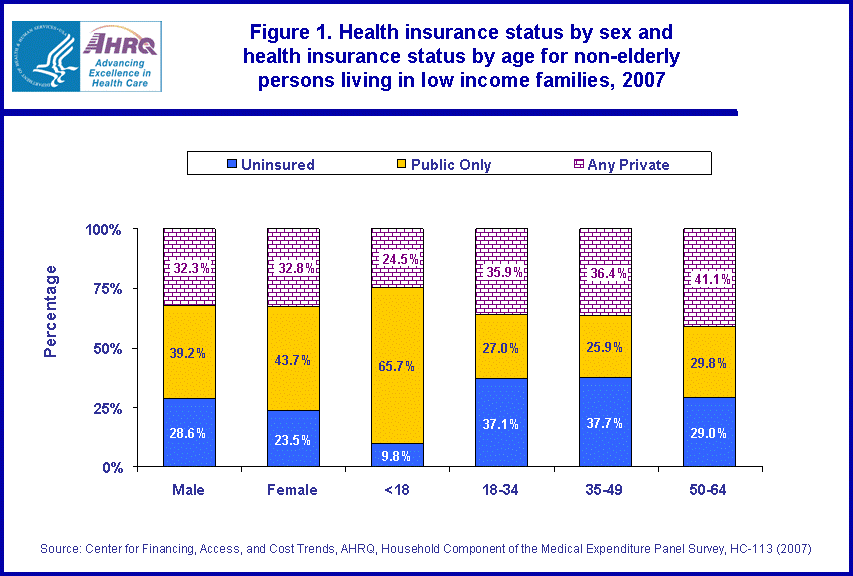 |
|||||||||||||||||||||||||||||||||||||||||||||||||||||||||||||||
|
|||||||||||||||||||||||||||||||||||||||||||||||||||||||||||||||
|
|
|||||||||||||||||||||||||||||||||||||||||||||||||||||||||||||||
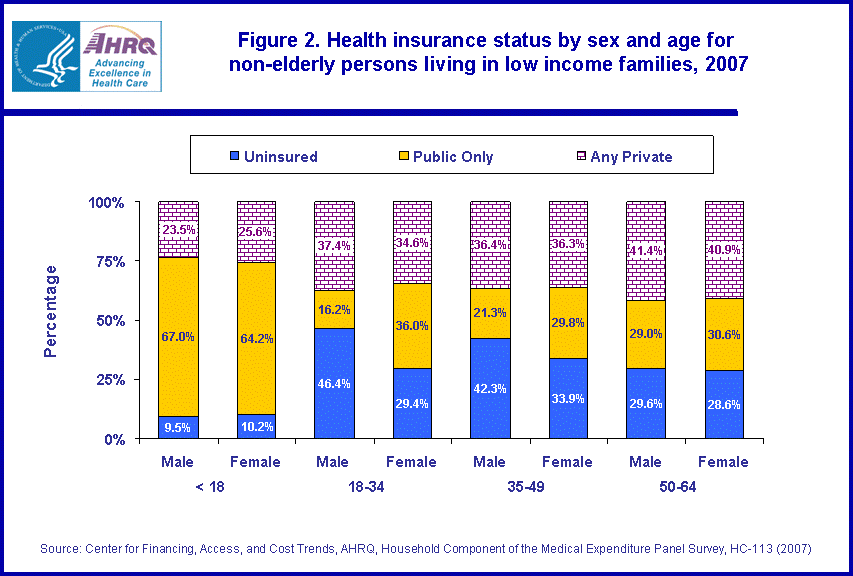 |
|||||||||||||||||||||||||||||||||||||||||||||||||||||||||||||||
|
|||||||||||||||||||||||||||||||||||||||||||||||||||||||||||||||
|
|
|||||||||||||||||||||||||||||||||||||||||||||||||||||||||||||||
 |
|||||||||||||||||||||||||||||||||||||||||||||||||||||||||||||||
|
|||||||||||||||||||||||||||||||||||||||||||||||||||||||||||||||
|
|
|||||||||||||||||||||||||||||||||||||||||||||||||||||||||||||||
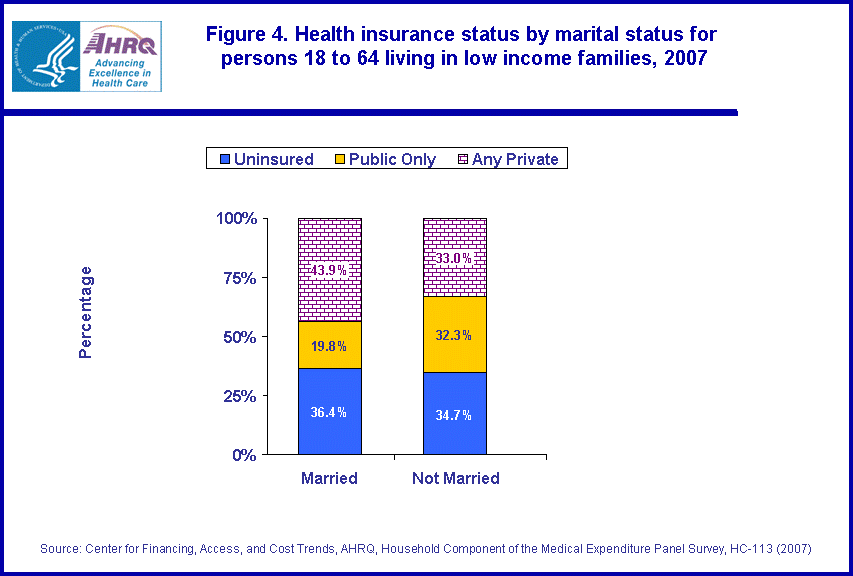 |
|||||||||||||||||||||||||||||||||||||||||||||||||||||||||||||||
|
|||||||||||||||||||||||||||||||||||||||||||||||||||||||||||||||
|
|
|||||||||||||||||||||||||||||||||||||||||||||||||||||||||||||||
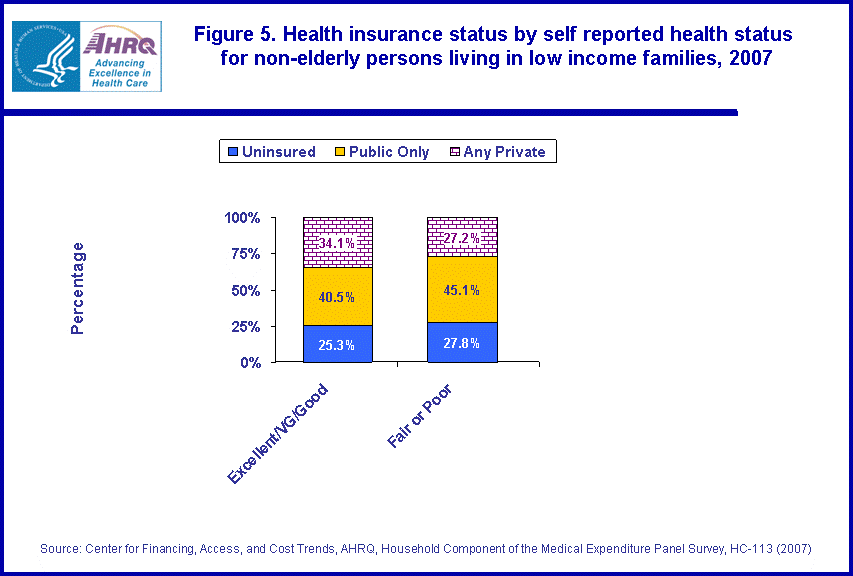 |
|||||||||||||||||||||||||||||||||||||||||||||||||||||||||||||||
|
|||||||||||||||||||||||||||||||||||||||||||||||||||||||||||||||
|
|
|||||||||||||||||||||||||||||||||||||||||||||||||||||||||||||||
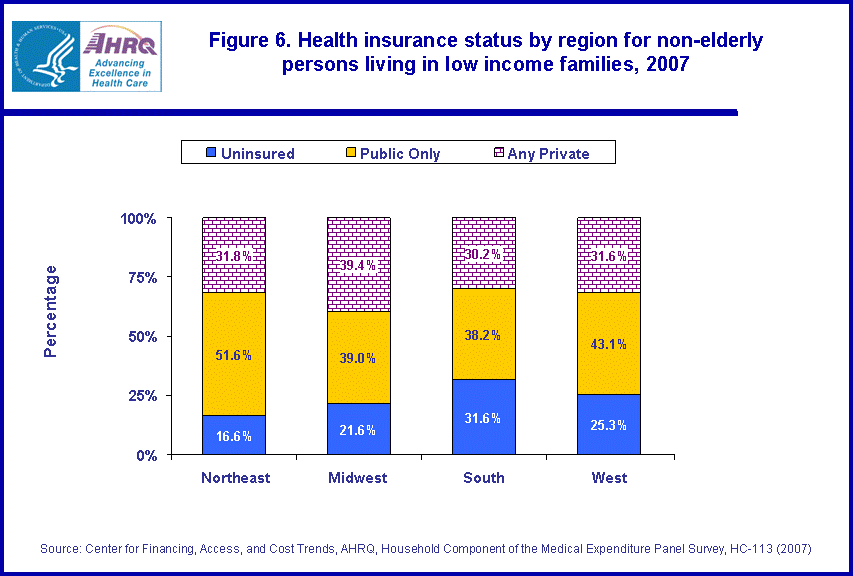 |
|||||||||||||||||||||||||||||||||||||||||||||||||||||||||||||||
|
|||||||||||||||||||||||||||||||||||||||||||||||||||||||||||||||
|
|
|||||||||||||||||||||||||||||||||||||||||||||||||||||||||||||||


